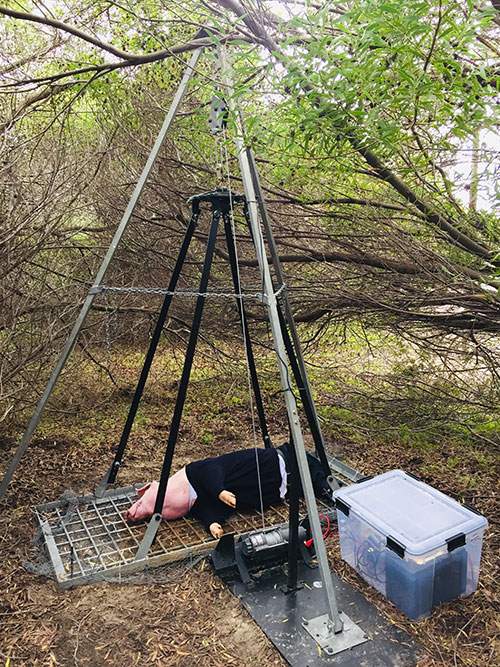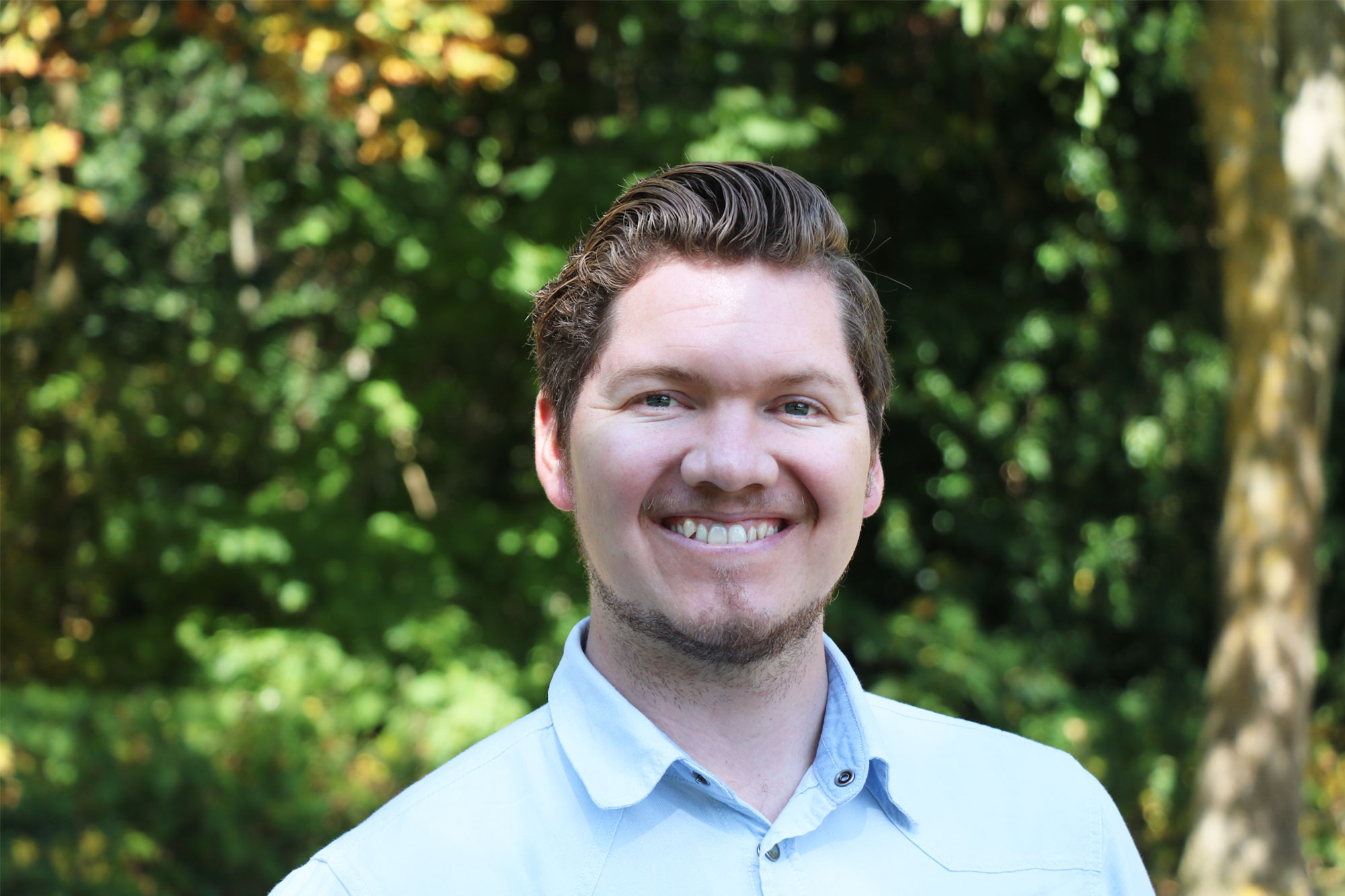“Robots are coming for your job. Regardless of your profession, degree or experience, there is no escaping the automated future.”
This tagline for Andrés Oppenheimer’s recent book exploring the blossoming age of automation sounds like a doomsday prediction. Yet the reality is quite the opposite – automation represents an exciting opportunity to explore the boundaries of science and industry hitherto unreachable through manual enterprise alone. This is the argument advanced in a new commentary piece authored by Lecturer in Biological Anthropology, Dr Devin Finaughty, and his multidisciplinary team of international collaborators recently published in Forensic Science International. Entitled, ‘Automation: a golden ticket for taphonomic research?‘, Dr Finaughty and his co-authors outline their proposal for a revolution in the design of experimental decomposition research – the mainstay of theory – and method development in the field of forensic taphonomy.
The impetus for this research arose from challenges Devin encountered during his PhD research undertaken at the University of Cape Town in South Africa. His project established baseline data on the rates and processes of decomposition in two forensically significant habitats of the globally unique Fynbos biome located at the southern tip of Africa. Investigations of this type require that data is gathered on the decomposition process as well as the physical and biotic factors which drive it. This data is analysed in a multivariate complex to understand the patterns observed and make predictions about possible patterns given specific environmental parameters. The latter is a key component of model development for estimation of the ‘time since death’ in forensic mortality investigations. Gathering this data, however, proved to be a labour-intensive process requiring an extraordinary logistical and time commitment to achieve a resolution of just daily-point measures of the numerous variables under study.
Dr Finaughty was not alone in this challenge. His data collection strategy had been developed using best practice for actualistic taphonomic research as established in the published literature. And, in the years since completion of his PhD, international peers have been drawing increasing attention to the hindrance posed by low-resolution data to the development of comprehensive models of post-mortem processes, keeping accurate estimation of time since death – especially with longer post-mortem periods – firmly out of reach. How could forensic anthropologists attain high-resolution data simultaneously across the wide range of diverse variables implicit in decomposition without the attendant rise in research costs associated with pursuing this gold standard using current methods? Pondering this question, Devin figured, ‘Why not get machines to do it? Automated machinery already undertakes so much traditionally labour-intensive work for industry and is already used in forensic workflows, particularly where complicated genetic and chemical analyses are required. Surely it could solve taphonomy’s data problem?’
So, midway through 2019, Dr Finaughty established a collaborative partnership with a multidisciplinary team at his alma mater and they set about tackling this problem. Fast-forward one year and the group has succeeded in automating one of the most time-consuming, but essential, quantitative measures of decomposition progression: carcass weight-loss over time. Key to this process was the development of an original automated weight loss measurement rig which, at the time of publication of the article, had completed its second field test.
The team’s commentary piece serves two purposes: firstly, to introduce the international forensic taphonomy community to the device and plans for its immediate future. Secondly, to outline their grand vision for carrying forensic taphonomy into a new technological era on the back of a revolutionary uptake in automation technology and, importantly, find out who else would like to be on board.
Automation: A golden ticket for taphonomic research? by Devin A. Finaughty, Maximilian J. Spies, Justin Pead and Victoria Gibbon has been published in Forensic Science International (https://doi.org/10.1016/j.forsciint.2020.110276)


